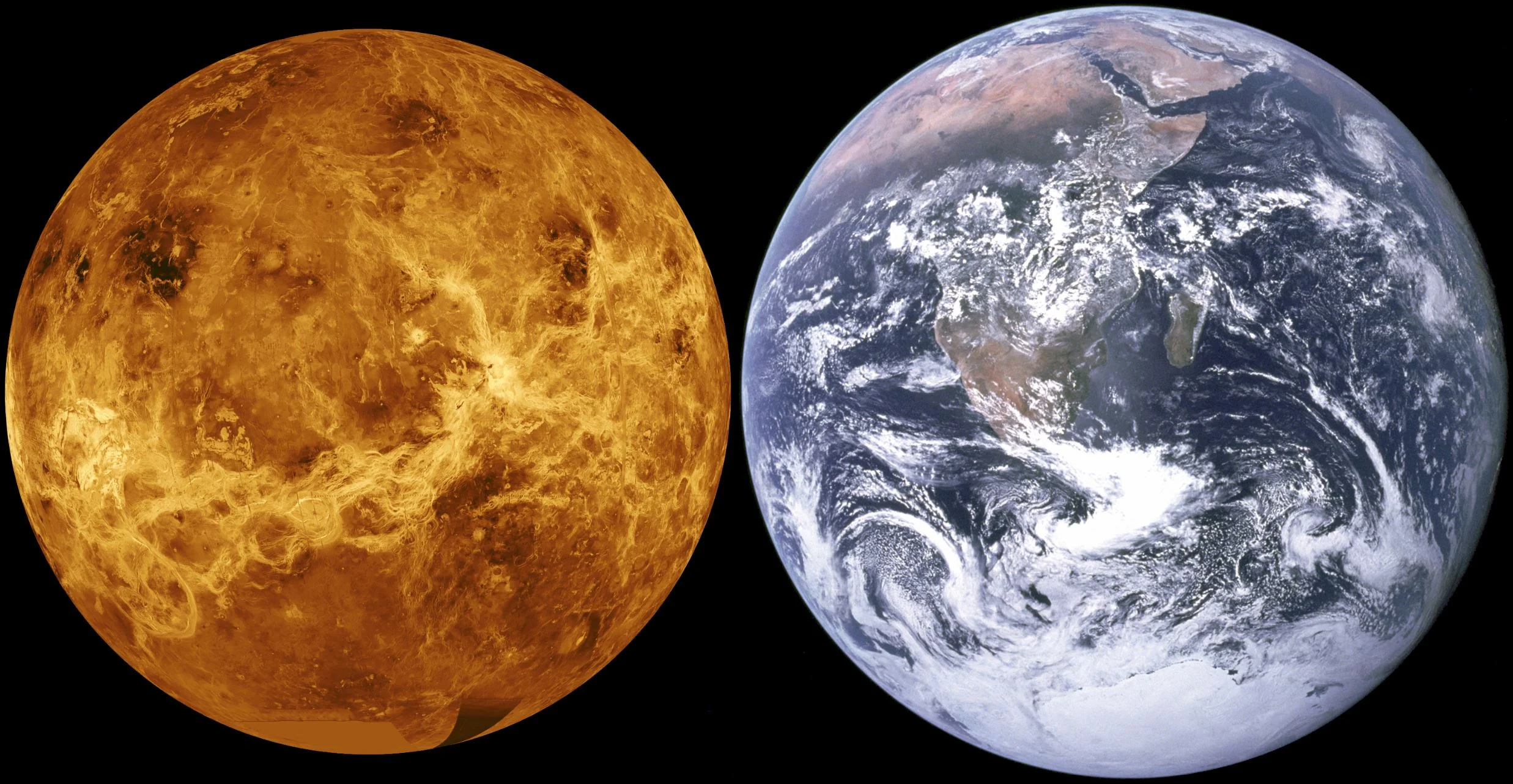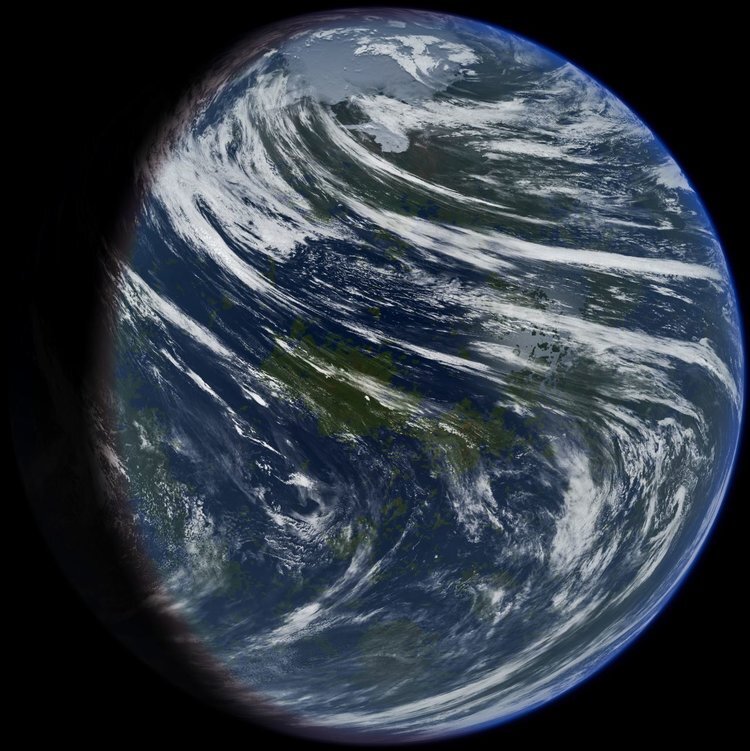It turns out that our sister planet might have been habitable for billions of years in the past…
According to new simulations Venus could have been able to maintain liquid water on its surface for billions of years - Image Credits: Daein Ballard, via Wikimedia Commons CC BY-SA - HDR tune by Universal-Sci
It turns out that our sister planet might have been habitable for billions of years in the past. Although Venus is a terrestrial planet of approximately the same size and the same composition as Earth, it is a very different place due to its thick atmosphere and scorchingly hot average surface temperature of 462 degrees celsius (or degrees 864 Fahrenheit). Anything but habitable, you might think. But according to simulations run by scientists from the NASA Goddard Institute for Space Studies, Venus might have been a temperate planet that had liquid water on its surface for billions of years.
The researchers based their simulation on 40-year-old data that was collected from the Pioneer Venus mission. Back in the day, scientists found signs that Venus might have had shallow oceans in the past. It remained unclear, however, if the planet had remained stable for more extended periods of time. Such stable periods would increase the chances for life to originate.
The NASA scientists created five simulations based on a topographical Venus as we know it today. It turns out that in all five simulations, Venus was able to maintain stable acceptable temperatures between 20 and 50 degrees Celcius for approximately 3 billion years. If it weren't for some catastrophic events in which enormous amounts of carbon dioxide got released into the atmosphere, Venus would probably have maintained those moderate temperatures up until today.
It is unclear how these massive amounts of co2 came into the atmosphere though. Most scientists think it had something to do with volcanic activities at the time. They released large quantities of magma to the surface, discharging loads of co2 that was previously captured in the molten stone. When the magma partially solidified before it reached the surface, it formed a barrier that prevented the co2 from being absorbed back into the still molten magma.
The scientists also added oceans to three of their scenarios, one of an average depth of roughly 300 meters (comparable to Earth), one with a shallow layer of water averaging 10 meters in depth and one with a planet covering ocean of approximately 150 meters in depth.
A lot of scientists believe that Venus is located outside the habitable zone of our solar system, too close to our sun for liquid surface water. But Dr. MIchale Way, one of the NASA scientists, stated that although Venus is getting nearly twice as much radiation from the sun compared to the Earth is has been able to maintain surface temperatures suitable for liquid water in all of their simulations.
Future missions are necessary to get a more detailed understanding of the history and evolution of Venus. Much of what we can learn from future missions could be applicable to the search for habitable exoplanets. Eventually, we might look differently at exoplanets that orbit their host stars in the, what the researchers called, 'Venus Zone.' Let's hope these types of missions will get funded.
Sources and further reading: Could Venus have been habitable / The Pioneer Venus Project / Venus / NASA Goddard
If you enjoy our selection of content please consider following Universal-Sci on social media:











